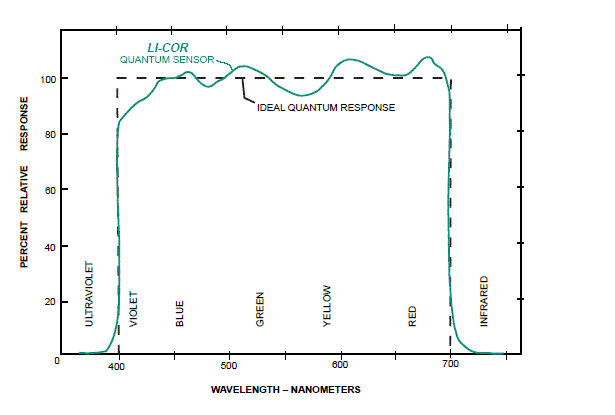Ok, low nanometer explains the high cost. Really though I dont think you will get a useful gain dropping below 400nm, if anything you up the risk to your eyes when you accidently look at them and don't really get much PAR of use to the coral when dropping below 420nm.
the glowing black light effect yes, but is it worth the high cost to go that low on the nanometer scale? In my experience no, but if that is the look you are after then go for it.
In my experience that type multichip are pretty low efficiency, mostly due to thermal management issues internally, not that great of quality control a lot of the time. Heat won't be a concern for your intended setup but just know that the efficiency of the dies used in most of those is sub par as compared to the better bins used in things like the single die semi packages.......now if you could get your hands on those in a big multichip.......and know the bin of the dies, that's a different story.....
Now that I see you are after uv though not many other options out there for higher power, 4ups in the luxeon M styling are the biggest I've seen readily available, though semi makes some bigger packages, never seen them offered anywhere.
although someone like steves leds could solder you up a multichip array if you can find the pcb off ebay (or sourced from a highher quality board house ideally) using his good violet chips and I think you'd be better off going that route, just my two cents.
the glowing black light effect yes, but is it worth the high cost to go that low on the nanometer scale? In my experience no, but if that is the look you are after then go for it.
In my experience that type multichip are pretty low efficiency, mostly due to thermal management issues internally, not that great of quality control a lot of the time. Heat won't be a concern for your intended setup but just know that the efficiency of the dies used in most of those is sub par as compared to the better bins used in things like the single die semi packages.......now if you could get your hands on those in a big multichip.......and know the bin of the dies, that's a different story.....
Now that I see you are after uv though not many other options out there for higher power, 4ups in the luxeon M styling are the biggest I've seen readily available, though semi makes some bigger packages, never seen them offered anywhere.
although someone like steves leds could solder you up a multichip array if you can find the pcb off ebay (or sourced from a highher quality board house ideally) using his good violet chips and I think you'd be better off going that route, just my two cents.



